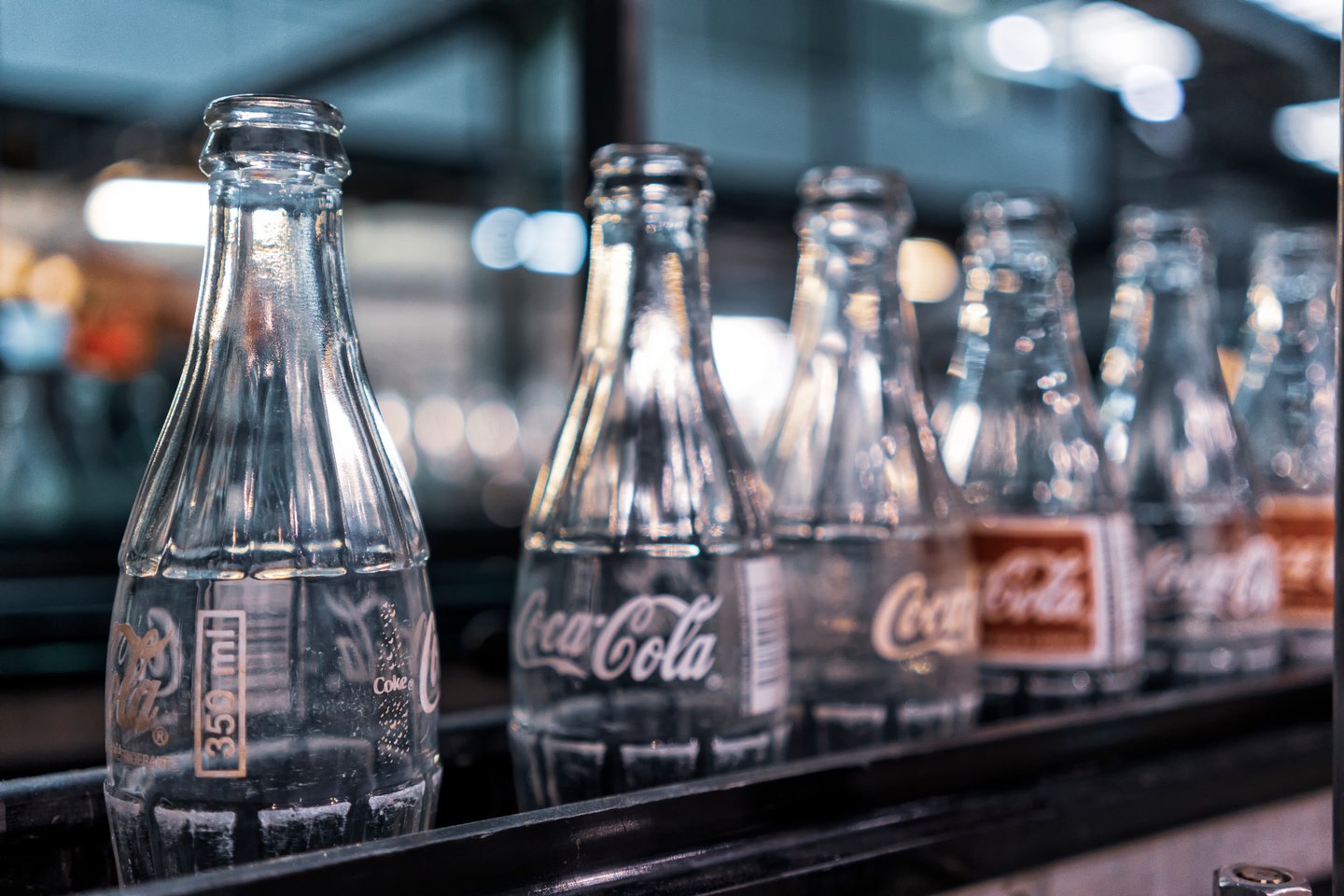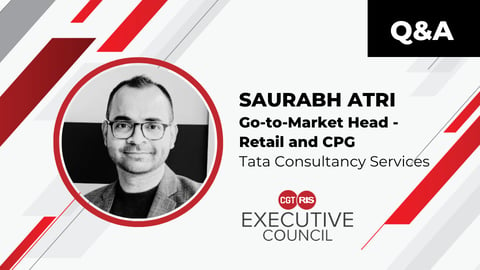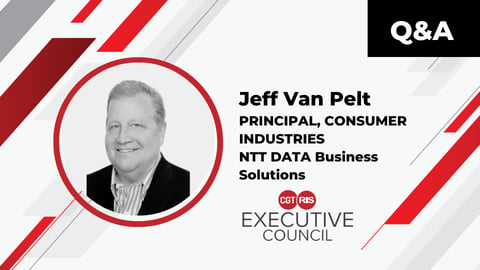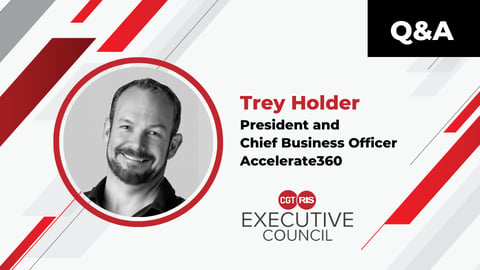U.S. Glass Shortage Putting a Crack in CPG Sustainability Efforts
I opened the glass-front, mini-fridge at the hotel in Amsterdam to find glass bottles of Coke Zero. Glass bottles of Fanta. Glass bottles of beer. And yes, glass bottles of water. You get the point. I have found the same across Europe — it’s not a new phenomenon. In fact, I find very few plastic bottles of beverage or food products in Europe, except for the ones that street vendors use to sell food bites and beverages to tourists and locals.
At the same time, I seldom find glass bottles of any beverage product in the United States. The exceptions are rare (segmented teas and Coca-Cola from Mexico, to name a few) — except for other food products like sauces and spices on ambient store shelves.
Still, glass remains one of the oldest and most-trusted packaging materials, with a history dating back over 5,000 years. In the face of growing environmental crises, public health challenges, and economic turbulence, glass packaging for beverage products is increasing rapidly in Europe. Glass means sustainable, innovative, healthy, reusable, and infinitely recyclable packaging. It also means “heavy” for distribution and logistics, and it needs a solid returns and reuse process to package it efficiently.
Glass Packaging in the Mind of Consumers Today
The European Container Glass Federation (FEVE), an association of glass packaging manufacturers in Europe, worked with InSites Consulting to learn more about consumer perception and use of glass packaging. Friends of Glass conducted an online survey of over 17,000 people in France, Italy, Germany, Spain, the UK, Austria, Croatia, the Czech Republic, Poland, Slovakia, and Switzerland, with a sample of adults aged 25 to 65 and youth aged 16 to 24. Overall, researchers found that glass is regarded even more positively than it was five or eight years ago, while Italy and Germany in particular increased usage of glass packaging.
One of the most appealing properties of glass is that it can be recycled indefinitely, remaining as strong after recycling as before. Even though many bottles have scratches or wear, the consumer generally doesn’t care. This means that it is possible for a product, or even a community, to have an infinite closed-loop recycling system for this container material that does not harm the environment. Partly for this reason, 85% of consumers in the survey — a higher percentage than in years past — said they would recommend glass as a “better” consumer packaging design material to others.
So why glass packaging over plastic? For one, glass is environmentally friendly, has a higher perceived product quality by end consumers, and is simpler to recycle than plastic. Although the survey found that younger consumers use fewer glass-packaged products than their older counterparts, these consumers consider glass a “trendier” packaging material than others.
In the U.S., we see this tendency reflected in brands like Honest Tea, which started in glass before moving to plastic. However, younger consumers were also more likely to consider price to be a barrier to buying products with glass consumer packaging, while one third stated that it is “more expensive” to buy glass packaged products.
Plastics and the Environment
Yet a recent Packaging Europe article found that media and political attention on “marine littering” has not only put plastics, but all packaging materials under the spotlight. Consumers are more and more attentive to the way products are packed too, which can drive product choice. The Friends of Glass research reveals that 73% of Europeans rate glass as the most ocean-friendly packaging, 78% rank it among the top packaging choices when buying food and beverage products, and 50% of consumers say they use more glass than they did three years ago.
The Making of Glass
As outlined by FEVE, glass is made from a combination of natural and sustainably-sourced materials such as sand, soda ash, limestone, and recycled glass content, also known as cullet. These materials are melted down in furnaces and made into new glass containers that are both reusable and infinitely recyclable.
What’s more, glass is a permanent material, meaning that it can be endlessly recycled without losing its intrinsic properties. Glass is inert and remains healthy and safe for food-grade packaging no matter how many times it is recycled. Thanks to its inherent properties, glass packaging is a strategic driver of the European economy, serving essential sectors like food, beverages, and pharmaceuticals, as well as perfumery and cosmetics.
Glass is one of the leading packaging materials for spirits, wines, and beer, and it is gaining share in the food, water, and dairy sectors. It is also the second-most used packaging material in Europe in terms of volume, according to an Euromonitor study.
What About the USA?
According to IndexBox, the U.S. glass bottle market is running into a supply shortage. The causes of this shortage include high demand for alcohol, raw materials being reallocated to produce vaccine vials, and supply chain disruptions arising from the shipping container crisis. Confronted with a labor shortage, the high demand for glass could incentivize developments in recycling with a substantial potential for growth.
Why is this? Currently, only 31% of glass bottles in the U.S. are recycled and, despite imports rising to $1.6 billion in the first ten months of 2021 (up 22% from the same period in 2020), the U.S. is facing a glass bottle deficit. Beverage producers must search for alternatives such as plastic packaging.
- A Brief Sidebar on the Issues With Plastic Recycling
Firstly, there are thousands of different plastics, each with their own composition and characteristics. They all include different chemical additives and colorants that cannot be recycled together, making it near impossible to sort and process the trillions of pieces of plastics. For example, polyethylene terephthalate (PET#1) bottles cannot be recycled with PET#1 clamshells (which are a different kind of PET#1 material), and green PET#1 bottles cannot be recycled with clear PET#1 bottles. This is why South Korea has outlawed colored PET#1 bottles.
Similarly, high-density polyethylene (HDPE#2), polyvinyl chloride (PVC#3), low-density polyethylene (LDPE#4), polypropylene (PP#5), and polystyrene (PS#6) all must be separated for recycling. Just one fast-food meal can involve many different types of single-use plastic that cannot be recycled together, including PET#1, HDPE#2, LDPE#4, PP#5, and PS#6 cups, lids, clamshells, trays, bags, and cutlery. This is one of several reasons why plastic fast-food service items cannot be legitimately claimed as recyclable in the U.S. You can read more in the Atlantic article “Plastic Recycling Doesn’t Work and Will Never Work.”
Implementing a glass recycling process could replace up to 95% of first-use materials with second-use. Even though the amount of recycled material has quadrupled in the past 40 years, the EPA calculates that recycled glass only accounts for a 31% share. In these conditions, second-use products make up 40% of beer and non-alcoholic beverage bottles, 40% of wine and alcoholic beverage bottles, and 15% of food and other glass bottles. In 2018, there was a total of 12.3 million tons of waste glass, but only 3 million was recycled and the amount of wasted glass totaled 7.6 million.
What’s Next?
First, it would take a committed effort to increase glass recycling in the U.S. It would require a coalition of brands to sponsor the effort. Second, it would be beneficial to learn from European best practices. Glass recycling is literally built into the way hotels, restaurants, delis, grocery, and retail operate, and the recycling and reuse of glass is part of the market DNA.
Finally, it’s necessary to continue looking for new packaging options to move away from plastic.
There is something unique about the glass bottle beverage. It feels substantial — special. And somehow tastes just a bit better, or different, than the same drink in plastic or aluminum. Or maybe that’s just the mind at work.
Justin Honaman is the head, worldwide retail and consumer goods go-to-market at Amazon Web Services and a member of the CGT/RIS Executive Council. AWS specializes in on-demand cloud computing platforms and APIs.







